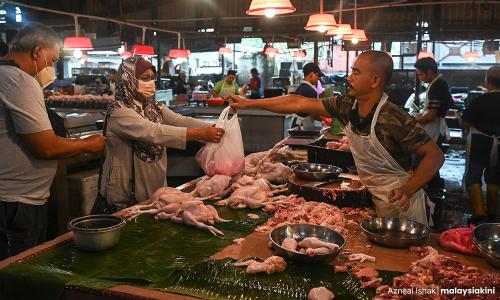COMMENT | A thorough revision is required to reflect the actual inflation rate
COMMENT | Although Malaysia’s current inflation rate is claimed to be “lower” than the world average and remains “under control”, it doesn’t actually reflect the reality of ordinary Malaysians who continue to suffer from rising food and fuel price inflation.
The Department of Statistics Malaysia (DOSM) stated that the Consumer Price Index (CPI) – which measures the rate of change in the cost of purchasing a constant basket of goods and services by households in a specified time period – increased to 2.3 percent year-on-year (y-o-y) from 123.1 in April 2021 to 125.9 in April 2022.
Officially, Malaysia’s CPI is lower than countries like India, the US, the UK and Singapore – at 7.04 percent, 8.6 percent, 9.1 percent and 5.6 percent, respectively. However, the ongoing fuel subsidy, together with the other subsidies and price ceiling/control measures, etc., would have contributed to ensuring that actual inflation in Malaysia is lower than it otherwise would be.
As producers have to bear the brunt of price increases from feed ingredients and labour shortages, this has translated into a double-digit percentage rise in the Producer Price Index (PPI) at 11.0 percent in April 2022.
PPI measures the prices of goods at the factory gate, i.e., finished products minus transport/logistics and other post-production charges such as wholesale, distribution and marketing.
This by itself is an indicator that – even minus the logistics and transport costs – food inflation should realistically be much
RM12.50 / month
- Unlimited access to award-winning journalism
- Comment and share your opinions on all our articles
- Gift interesting stories to your friends
- Tax deductable
